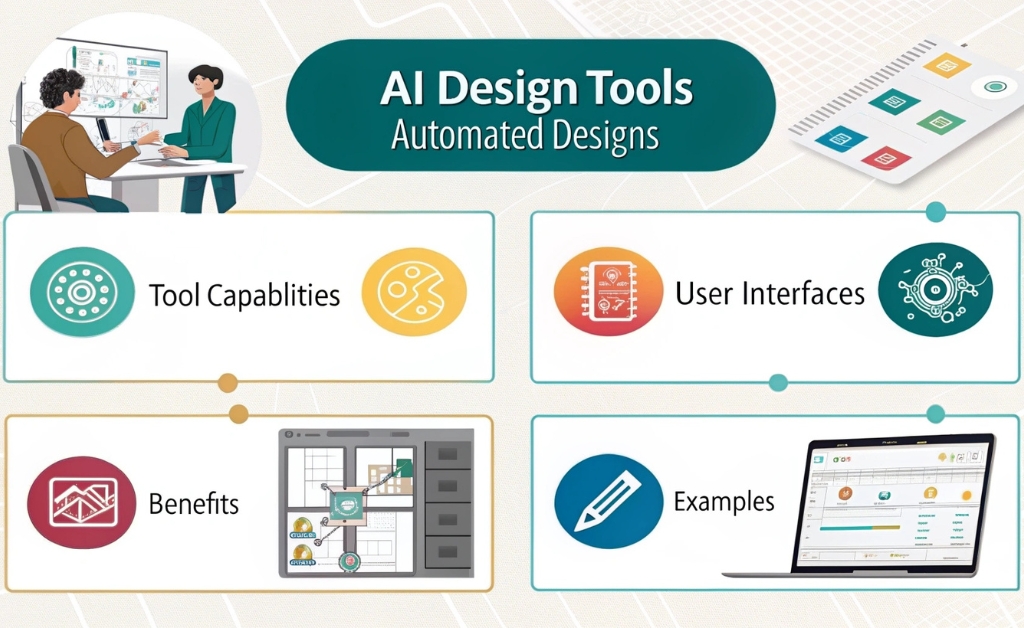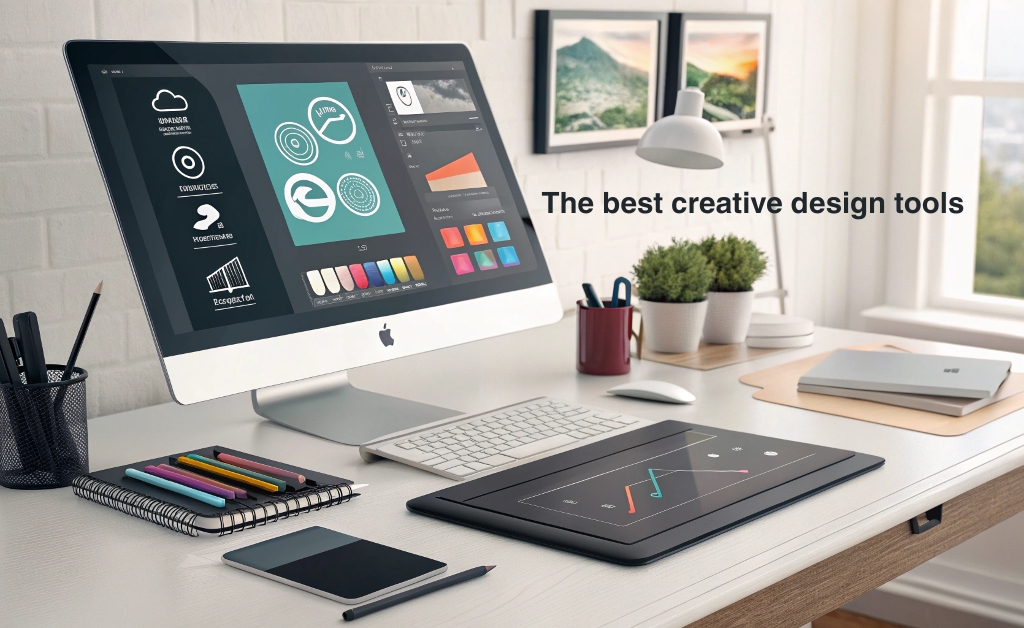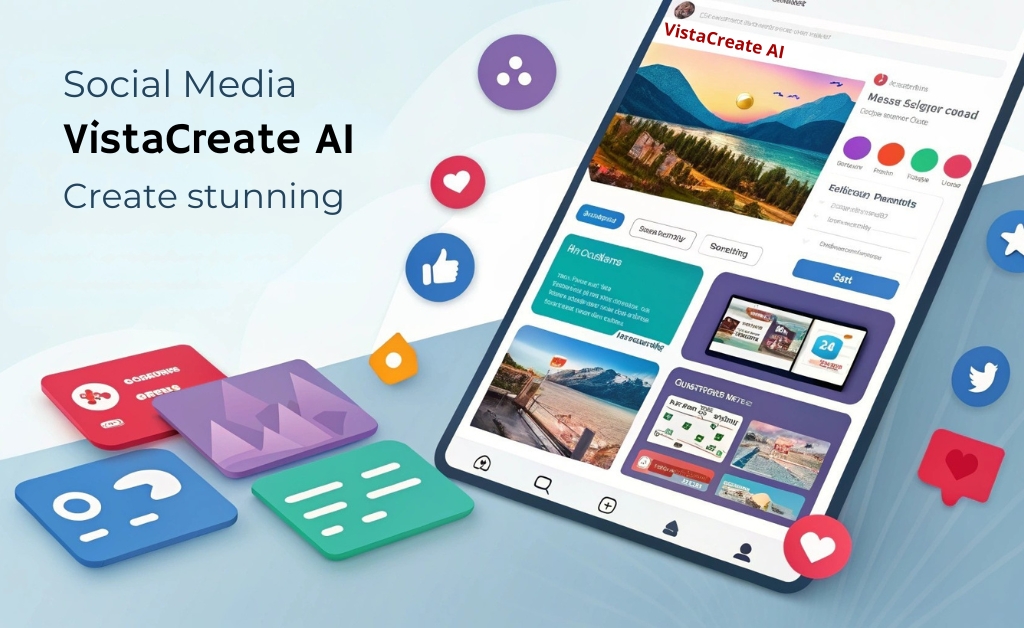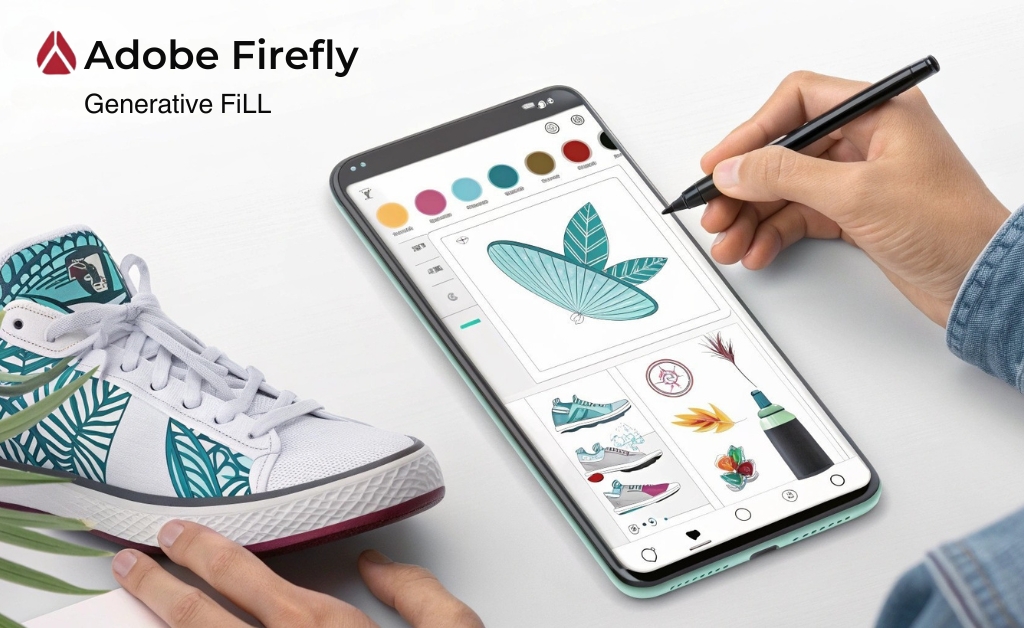Good design is no longer a luxury it’s the foundation of how people connect with your message. whether you’re building a brand or publishing content daily, you’re expected to deliver visuals that stand out, but with deadlines, limited resources and increasing pressure to produce more how do you keep up?
That’s where automation steps in new tools now assist with repetitive tasks, suggest design ideas, and even generate visual content based on text these tools aren’t here to replace designers they’re here to support them. you stay in control, but with a boost that helps you move faster
If you want to understand how these tools fit into a complete creative strategy, The best creative design tools you need to try explores that broader picture.
Why automation matters in graphic design
Design used to be slow you’d start with a blank canvas, search for assets, tweak every element manually that still works, but it takes time now, platforms streamline that journey. they suggest layouts, adjust sizing automatically and generate visuals you can edit instead of create from scratch
This matters because speed is part of quality. when you’re not stuck on logistics, you can focus on impact and when the basics are handled for you, your energy goes toward ideas and storytelling that’s what sets brands apart now.
Creativity doesn’t mean starting from zero
We’ve all been there: staring at a blank screen waiting for inspiration, but creativity often needs a nudge that’s where smart tools step in they give you a starting point say you’re creating a poster, instead of building from scratch, you describe what you need. the tool gives you a layout maybe even the visuals and you fine-tune it’s still your workit just starts further down the path.
This model of working isn’t just faster it’s more sustainable
According to a Harvard Business Review analysis, creators who use automated tools to support, rather than replace their work report higher satisfaction and less creative burnout
Consistency is the hidden superpower
Design isn’t just about being beautiful it’s about being recognizable one of the hardest things to maintain when you scale is consistency. your visual identity should stay strong whether you’re designing an Instagram story or a product brochure, that’s where these new tools shine they remember your brand colors, your fonts your layouts, they let anyone on your team design within the same visual rules
For example, if you’ve used Canva, you’ve probably seen how brand kits help with that but more advanced systems go even further, applying style guides automatically across new content. you’re not reinventing your look every time you’re reinforcing it.
Good design = good business
People decide in seconds if they trust you and visual design plays a big role in that. clean design signals professionalism, cohesive design builds credibility When your content looks sharp, people take you seriously.
That’s not just opinion
a Stanford study showed that users judge a site’s credibility largely based on visual cues. Layout, colors, images these matter as much as the message, so when tools help you elevate the look of your work, they’re not just making it pretty they’re making it persuasive
Not just for designers
There’s this old idea that only trained designers can do design that’s no longer true- today- marketers, content creators even founders design their own assetsand do it well what changed? Tools made it accessible
Let’s say you run a small brand you don’t have a design team but you still need social media posts- ads- presentations. with tools like Microsoft Designer, you can create all of that in minutes. the barrier to entry is lower the output is still high-quality
This shift is empowering it lets you experiment, test and publish without delay you don’t wait in line you move fast you build momentum.
Automation and originality can co-exist
A common worry is that automation kills creativity that if a tool helps you, it makes your work less original. but the opposite is often true automation handles the tasks that drain energy it gives you more room to explore, to iterate to push boundaries
Take Adobe Firefly, for instance it can generate design elements based on your brief, but it also gives you controls to tweak, adjust and evolve those elements the first draft might come from the toolbut the final message is yours
And that’s the key the tools help you create. they don’t replace your point of view they support it.
Make your content work harder
One image can do more than decorate it can educate, persuade, entertain but to get there, you need time to focus on meaning not just mechanics and you need a system that helps you reuse and adapt your content without starting from scratch each time
Some platforms let you generate multiple versions of a design for different formats. others help with resizing, adjusting for mobile or switching between video and static these time-savers free you up to refine the message and tailor it to your audience.
Smart design isn’t about shortcuts. it’s about better use of your energy your attention goes to what matters most.
Design doesn’t stand alone
Your graphics are part of something bigger they’re connected to your brand voice, your user experience, your storytelling. so it makes sense that your design tools should connect with your other creative platforms too
Some tools now integrate directly with collaboration boards or product design platforms for example, you might use Figma for a UI project and bring visual assets straight from your graphic design environment. it’s all connected that makes the process smoother and the final product more cohesive
Want to explore how brainstorming fits into this process? Take a look at our guide on How To Use The Best Ideation Tools For Team Brainstorming
The goal of using graphic design tools isn’t to cut cornersit’s to do better work, more consistently, with less friction when the basics are handled, you’re free to dive deeper into creativity. you can take risks, test idea and move quickly that’s what sets creative brands apart today
Design isn’t just what you see it’s how you connect and with the right tools, you can connect better, faster and more often.
What’s your go-to design tool?
Drop us a comment or message below and let’s share some inspiration.



